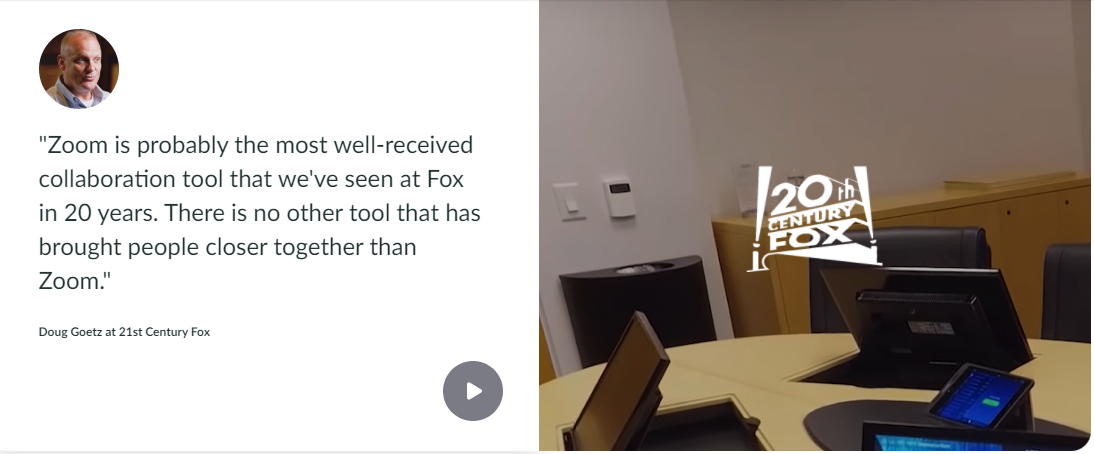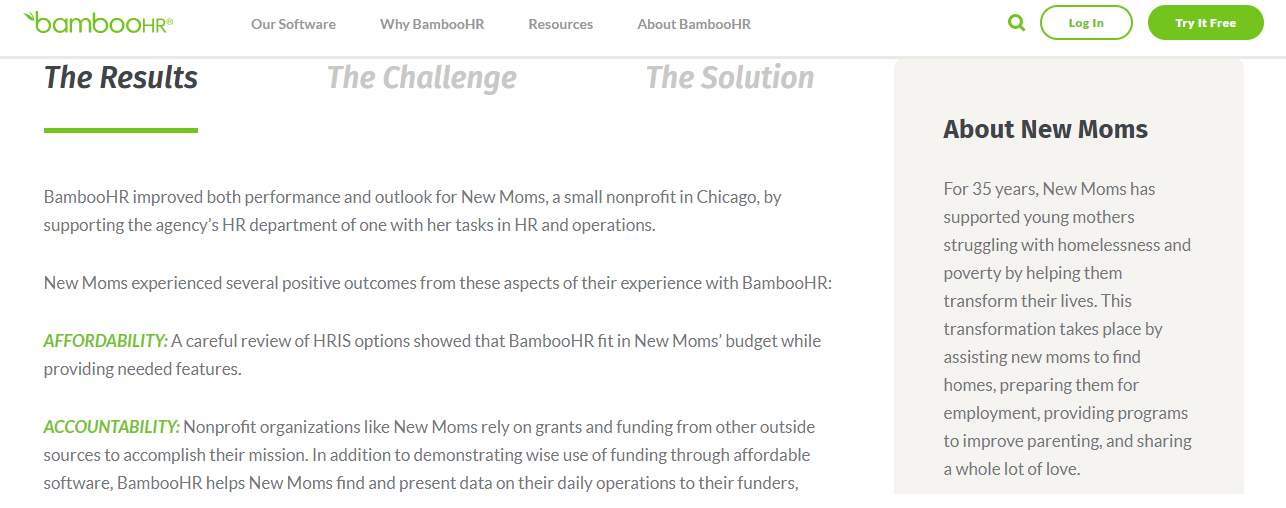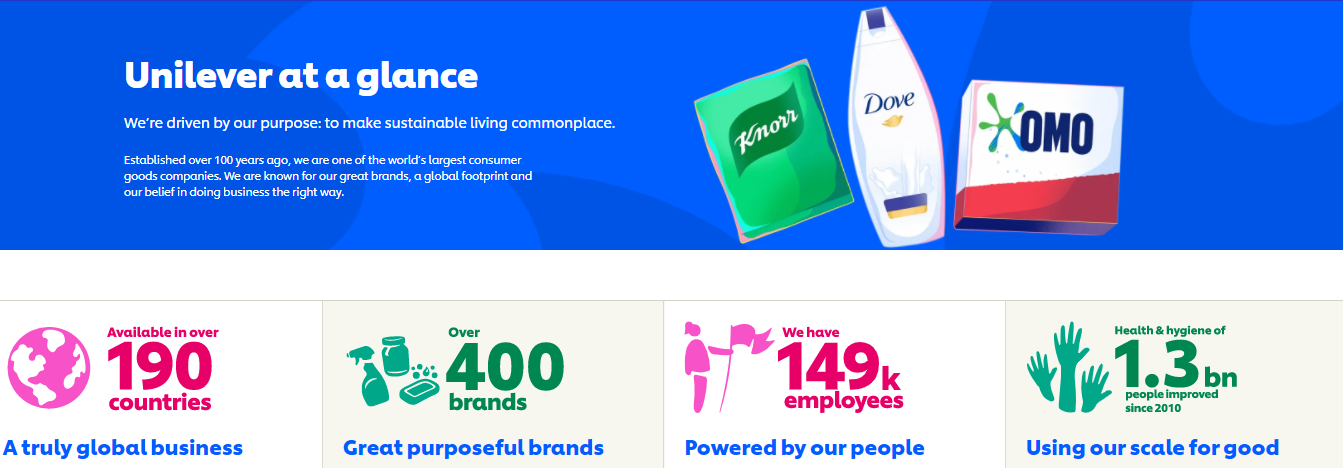Many customers will often give you straight-to-the-point feedback when you run a traditional brick-and-mortar business.
If they’re unsatisfied with your customer service, they complain, and you fix it. And if more customers constantly ask for a particular product brand, you simply add it to your inventory to satisfy them.
With 95 percent of people sticking to a brand because of great customer experience, harnessing customer feedback can help with customer retention and provide a competitive advantage in the market.
However, as an entrepreneur, you might have to walk the extra mile to gather customer feedback that points out certain things about your business. How do you gather useful feedback and make the most of it?
Read on. This article will discuss seven strategies to harness customer feedback and use them to your advantage.
1. Be Fluent in Your Customer’s Language
Customer feedback can help you become fluent in your customer’s language. Just as it’ll be a struggle communicating in a different language, you’ll encounter a disconnect when you don’t speak the “search” language of your target market. This language forms the basis of a customer’s perception and expectation of your brand.
That’s why customers are likely to make a purchase when you incorporate specific keywords into product copy and descriptions. When you use an unknown keyword, customers are not likely to find your product copy and descriptions when they search on Google.
In other words, if your business caters to an e-sport audience, for instance, using keywords like “gaming PC” or “gaming chair” will garner more conversions. Why? Because that’s precisely what your customers are looking for on Google. On the flip side, keywords such as “chair” and “PC” may not appeal to a gamer’s needs.
Consider using keyword tools such as Semrush, Ubersuggest, or Keyword planner to figure out your customer’s language. Doing this will increase conversions and keep customers satisfied.
2. Make the Customer Experience Better
Customer experience is the overall impression a customer has of your business, which is why it is crucial to your business’ growth. That said, it’s imperative to improve a customer’s experience when they leave negative feedback on your product or service.
Analyzing negative customer feedback gives you the opportunity to make necessary improvements and identify business defects that can make the customer experience better. In addition, fixing business processes based on your customer’s expectations motivates them to become brand advocates, increasing brand loyalty.
Incorporating these strategies into your business plan template ensures a comprehensive approach to enhancing customer satisfaction and fostering long-term loyalty.
Listening to customer feedback transforms into a heartwarming experience, akin to gathering around a cozy campfire where every story told forges deeper connections.
It’s in these genuine moments, through open hearts and attentive ears, that our business transcends traditional boundaries—it starts to breathe, laugh, and learn alongside the people we serve.
Each piece of feedback pulses like a heartbeat within us, creating a shared rhythm that guides our journey. We evolve from being merely a brand to becoming a trusted companion, flourishing together in the warmth of our collective narratives and experiences.
Gather customer feedback via short surveys or questionnaires on social media or via email to get honest information from your customers. Also, consider that some customers might want to fill out this survey anonymously.
One simple way to achieve this would be to create a QR code that customers can scan and leave their anonymous feedback.
This method shines particularly in brick-and-mortar settings, where patrons can swiftly scan the code with their smartphones, sharing their thoughts in real-time.
This strategy bridges the gap between digital and physical interactions. Furthermore, QR codes can be strategically placed on receipts, product packaging, or even in-store displays, making them a versatile tool for capturing opinions.
Furthermore, integrating a QR Code Scanner into your strategy not only acts as a dynamic catalyst bridging the gap between digital and physical realms but also infuses an interactive layer into the broader customer experience.
Actively encouraging customers to engage with strategically placed QR codes on receipts, product packaging, or in-store displays transforms their journey into an interactive exploration. This strategic approach creates a seamless pathway for customers to access exclusive content, explore promotions, and effortlessly gather additional information.
As customers embrace this interactive element, it not only elevates their engagement but also contributes to a more personalized and enriched brand interaction, nurturing a heightened sense of accessibility and involvement in the brand’s offerings.
By simplifying the process and enhancing accessibility, you increase the chances of patrons voicing their experiences.
Here’s an anonymous customer feedback survey from AirBnB:
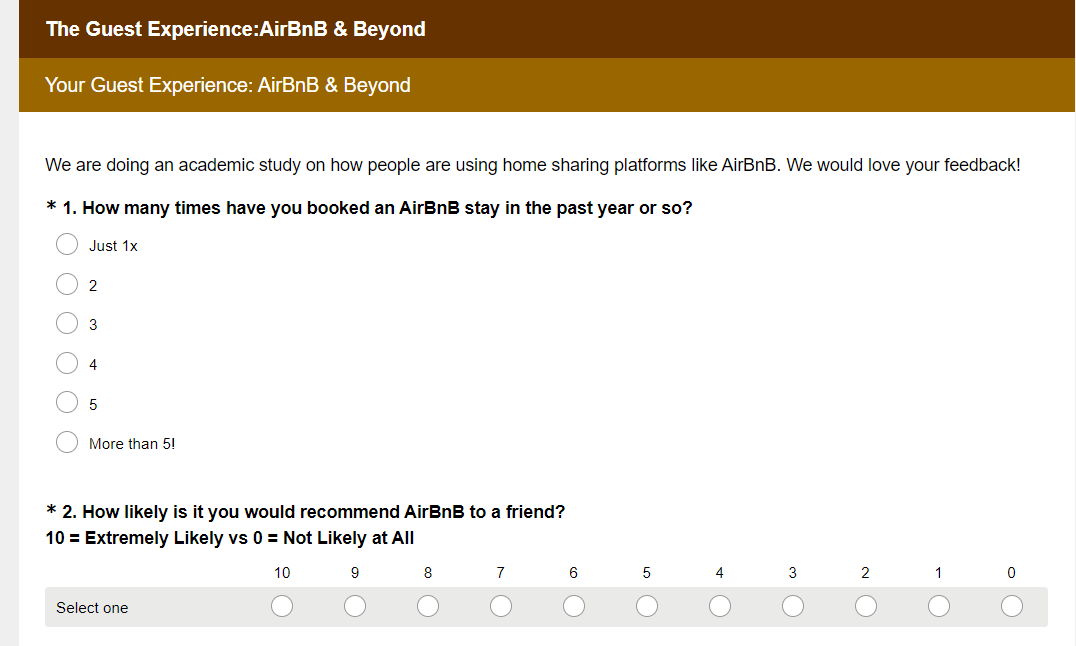 Source: Survey Monkey
Source: Survey Monkey
As you can see, Airbnb asks for customer feedback in a non-intrusive manner. When adopting a similar strategy, your customers will like to know ahead of time how long the survey will take and what will be done with the data. They’ll be more willing to provide information if they feel it will benefit other customers.
In today’s customer-centric business landscape, the importance of gathering insights through customer feedback in a non-intrusive manner cannot be overstated. Airbnb sets a notable example by engaging their users in a considerate manner when seeking their opinions.
When implementing a similar feedback strategy, transparency becomes key – ensuring customers are informed in advance about the survey’s duration and the purpose of collecting their data fosters trust and encourages their active participation.
Customers are more inclined to share valuable insights when they perceive it as contributing to the betterment of the overall customer experience, ultimately creating a win-win situation for both businesses and their clientele.
Alternatively, being proactive and seeking the opinions of previous customers can give you an idea of how you performed in the past and where to work in the future. Leveraging these relevant customer experience metrics keeps you on your toes and improves the customer experience in the long run.
You need to pay attention to the positive feedback your customers leave as well. If they say, for instance, that your website is great because it has great content that gives actionable insights, then continue creating content that gives actionable insights and uploading it to the website. If they tell you your website loads really quickly, then make sure it stays that way. Continue optimizing your website to ensure it works at an optimal level. Feedback, whether positive or negative, can help you make the necessary adjustments to ensure you deliver an excellent customer experience.
3. Social Proof in the Form of Consumer Feedback
When customers leave you a positive review, make the most of it. One way to leverage positive reviews and testimonials is through social proof.
With social proof, any visitor encountering your business for the first time feels motivated to patronize you. Why? Because they’ll feel at ease purchasing something someone else approves of. It’s human psychology.
Remember the last time you ordered a product from a website like Amazon? You probably read reviews from other users before buying that product. Now, that’s social proof. On the contrary, you wouldn’t feel so motivated to get it if all you read were negative reviews, right?
Social proof plays a pivotal role in consumer decision-making, shaping perceptions and influencing purchasing behavior. When you ordered a product from a platform like Amazon, the reviews from fellow users served as a form of social proof, guiding your choice. Positive reviews create a sense of trust and motivation, compelling potential buyers to make informed decisions.
Conversely, a lack of positive social proof or an abundance of negative reviews can significantly dampen the enthusiasm to purchase, underscoring the profound impact social proof has on shaping consumer confidence and choices.
Using positive customer feedback on your website is effective in optimizing conversion rates, as almost nine out of ten users will read online reviews before buying from you.
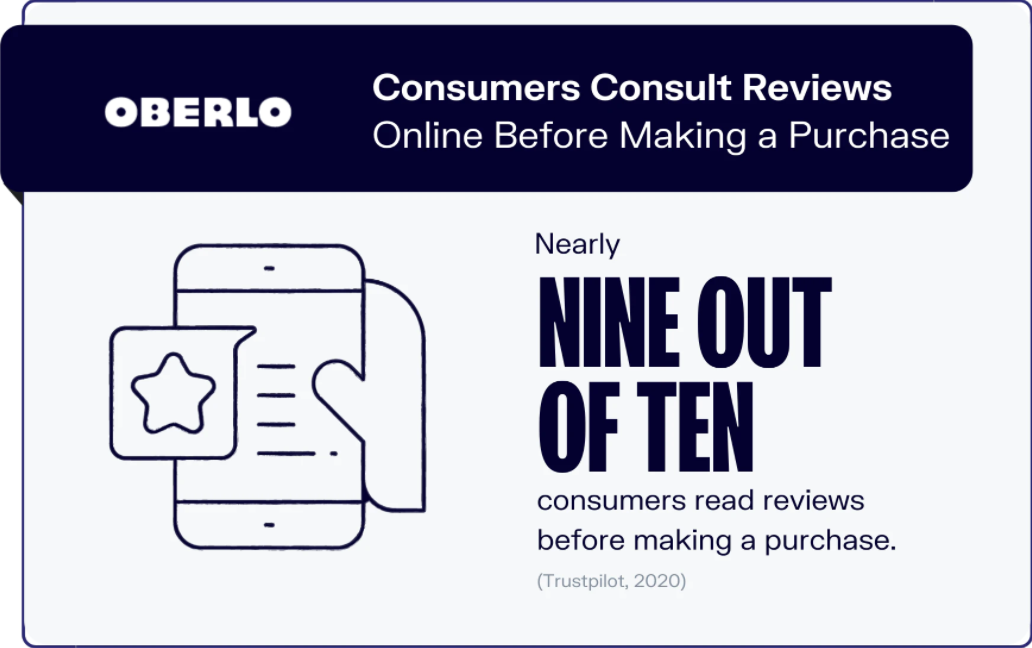 Source: Oberlo
Source: Oberlo
Although social proof comes in different formats, the end goal is usually the same —to increase conversions. For instance, Chime, a mobile banking app, leverages in-app reviews on the front page of its website.
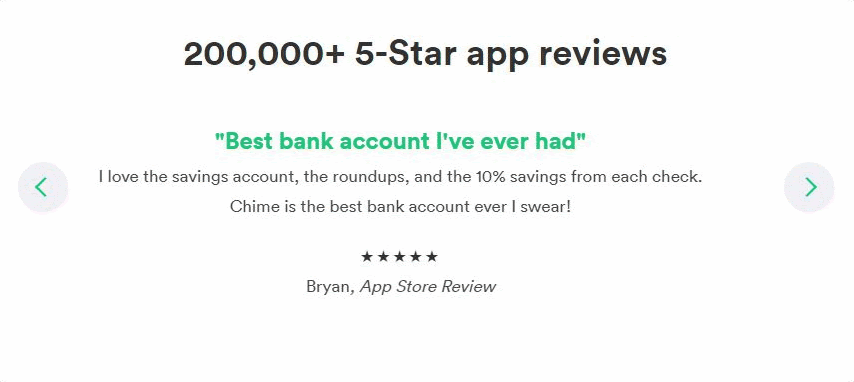 Source: Chime
Source: Chime
Customer reviews like the ones above lend credibility to Chime’s financial service. Notice that there are two ways Chime achieves this. There’s the numerical social proof there, the 200,000 5-star app reviews, and the text reviews about the app being the best there is around.
To do something similar, you could consolidate all reviews and testimonials from different social channels together and use them on your website’s landing page. Make sure each testimonial is attributed, at the very least, to a name and an organization the person is affiliated with (see the Chime example). You don’t want your audience thinking any testimonial is fake. If you can include pictures of the people who gave those positive testimonials, better.
Check out this example from a big company like Zoom:
Source: Zoom
The videoconferencing platform even includes a video of that same testimonial right beside the written testimonial. One look at this and any doubt as to the veracity of the testimonial just disappears.
You can also consider creating a case study from success stories and reviews of previous satisfied customers. This takes the social proof game up a notch by providing an in-depth view of different customers’ experiences and how you helped solve their problems.
Let’s take BambooHR as an example.
Source: BambooHR
The company, which sells human resources software, doesn’t just copy and paste a testimonial from one of its satisfied customers. It explains the customer’s detailed journey before and after the use of the BambooHR software. You’ll even find a sidebar that details who the BambooHR customer is, New Moms, and what exactly it does. If you scroll above, you’ll see a picture of the HR director at New Moms and her video testimonial. Because there are many details to include, BambooHR even dedicates one entire website page to this New Moms case study.
You can leverage other forms of social proof: expert opinions from industry trust icons, social media engagement metrics such as likes and shares, etc. As a small business, leveraging consumer feedback from satisfied customers will not only increase conversion rates but improve your overall business reputation.
But don’t forget that one of the key aspects is social media metrics. Once you find the most loyal audience, you can experiment and recruit additional audiences through individual case studies. This will help identify the strengths of your marketing, gain a loyal audience, attract the attention of your competitors’ audience, and lure them over to you.
Important to track organic metrics, as some companies tend to buy likes on social media, which is bad in the long run and doesn’t give a clear understanding. Some companies consider their employees as their most loyal users and listen to their opinions, based on which they introduce new features, reduce customer effort, increase customer centricity and improve results.
This is the ideal audience for beta testing new features and products since your employees know your product better than anyone else and are adept at selling it to your clients. In this way, they take the market away from your competitors.
4. Convert Happy Customers to Brand Ambassadors
Feedback allows you to convert happy customers to brand ambassadors. As a brand, you should monitor who consistently gives you positive feedback. For one, you can showcase that positive feedback on your website or other marketing platforms. For another, you can reach out to that happy customer and, well, make them love you even more.
Converting satisfied customers into brand ambassadors is an invaluable way to grow your business. Brand ambassadors bring in their own personalities to communicate with customers personally, making it a great way to reach a new audience.
Moreover, you don’t need a huge marketing budget to get new brand ambassadors for your business.
So, how exactly can you transform those happy customers into brand ambassadors? Here’s what you do—rally customers who endorse your business and offer them special brand perks and privileges. For instance, you can use email marketing to gather their feedback in exchange for exclusive freebies.
Take it a step further by offering discount codes to these ambassadors to incentivize their audience to patronize you. You may even launch an affiliate program if your budget allows it.
Since seven out of ten consumers will likely purchase an item based on social media referrals, you can leverage brand ambassadorial activities to build an audience.
5. Provide More of What Your Customers Want
It’s natural to sell various products, especially when starting a business, to see what works.
However, as the business grows, you will discover the products that appeal more to customers through their feedback. These are the products you should focus on.
Stick to the products with more positive reviews. Then, improve the one without, or ditch it if you believe it’s not worth the effort. Apple ditched all its previous computer models, built better ones in later years (along with other products), and has since grown exponentially.
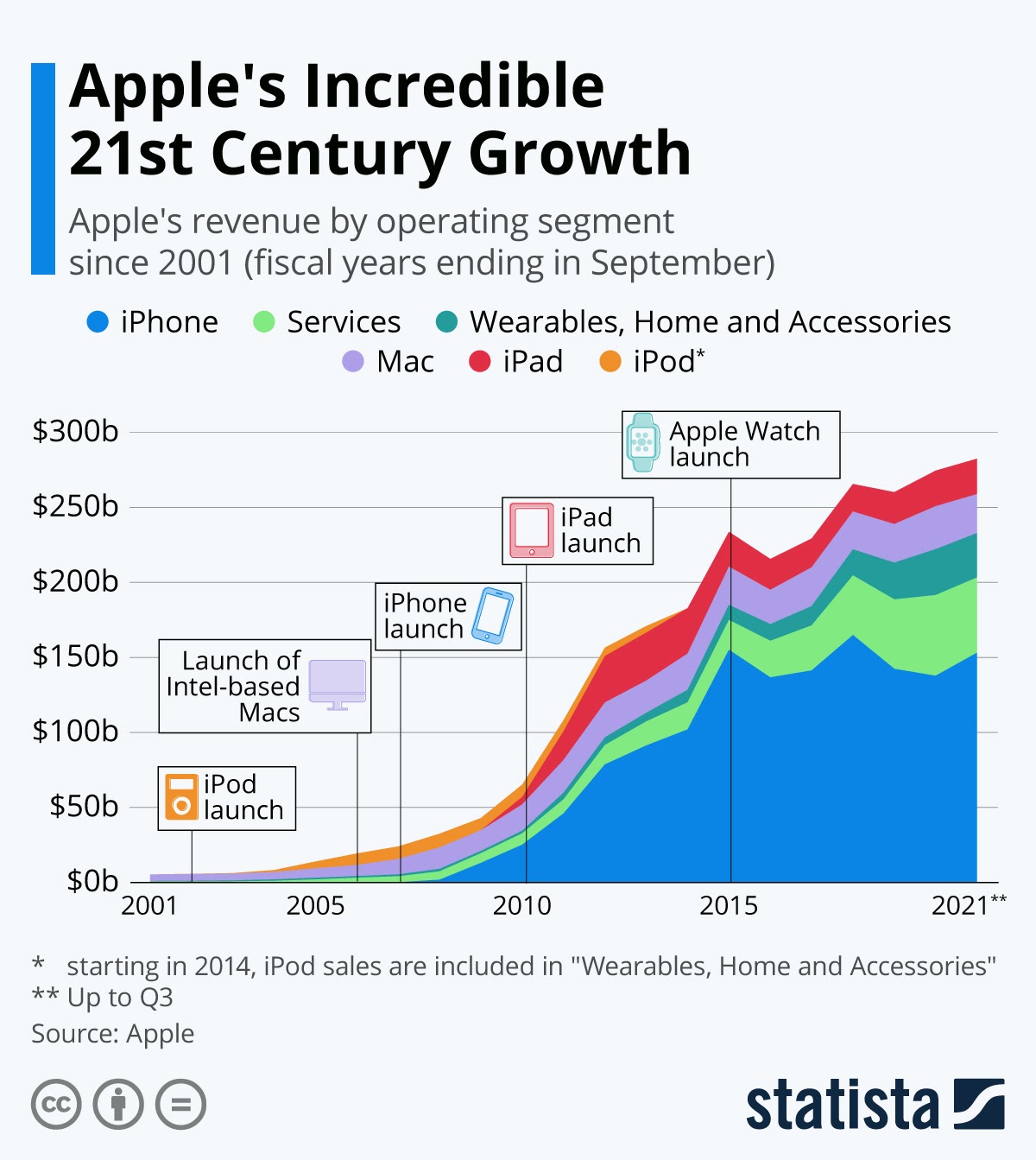 Source: Statista
Source: Statista
Customer feedback is a strong indicator of what your audience appreciates regarding products, services, and content.
6. Broaden the Range of Goods and Services
Customer feedback can help you find opportunities for product expansion. You can determine which of your product lines you can expand based on customer reception. If a product gets good reviews consistently, chances are, the products related to it will perform well, too.
That’s not to say you’ll jump at the chance to expand as soon as you monitor those positive reviews. You still need to confirm straight from your customers whether or not they would actually receive such an expansion well. Send them a survey asking them directly about this. If they give you their approval, then by all means go ahead and expand that product range.
Expanding your range of goods and services is a key customer retention strategy. A more comprehensive product range provides more options to returning customers, which improves their loyalty. It also increases your chances of attracting new customers and gives you a firm idea of what works and what doesn’t in the market.
Here’s a scenario: you sell wristwatches, and you have loyal customers who return to buy watches on occasion. Expanding your range of goods to include luxury wear will make your customers spend more on those related items and occasionally visit your site. Along with that, you’ll also have more customers visiting your website because of the new catalog.
Unilever is an excellent example of a company that has expanded its range of goods and services into multiple brands. They are a global business with products available in 190 countries, with 2.5 billion people using its products each day.
Unilever has multiple brands and multiple products. As a result, when a customer makes a purchase and requires a similar item to support the one they just bought, they wouldn’t have to look far. On top of that, they can cater to the needs of multiple people across a diverse group of people.
By increasing your product offerings, you can retain customers and attract new ones, hence expanding the business’ reach.
7. Generate New Business
Customer feedback can also help you identify opportunities for venturing into a different niche with a different market (as opposed to just expanding your product line), or pivot operations.
For example, if you’re a company that sells hair care products for women and you find customer suggestions you should sell hair care products for dogs, too, you can consider that as a potential opportunity and start doing your research on whether venturing into that new niche would be profitable for you.
If your research tells you it can be profitable, then you can start your planning. Customer feedback can be used to identify potential opportunities for new business. Use it to your advantage.
Conclusion
Customer feedback is essential data for a growing company. Regardless of the type of business you run, you’ll need customer feedback to make better strides while gaining a competitive advantage.
You can gather customer feedback in various ways, such as via email surveys, questionnaires, and online polls. However, collecting this market intelligence is one thing; utilizing it correctly is another.
Leverage customer feedback to improve and expand your business offerings. Convert satisfied customers to brand ambassadors, and while you’re at it, consolidate relevant positive reviews from multiple channels and turn them into social proof on your website.
These, along with other strategies mentioned in this post, will help take your new business to the next level.
